Rolling Back Vehicle Standards is Bad for Drivers, the Auto Industry, and Anything that Breathes
Union of Concerned Scientists
JANUARY 21, 2025
Trump is targeting both federal and CA vehicle standards in his recent executive order standards that not only reduce climate emissions but also slash air pollutants like nitrogen oxides and particulate matter. Undermining these rules will have major negative environmental, health, energy, and consumer impacts.


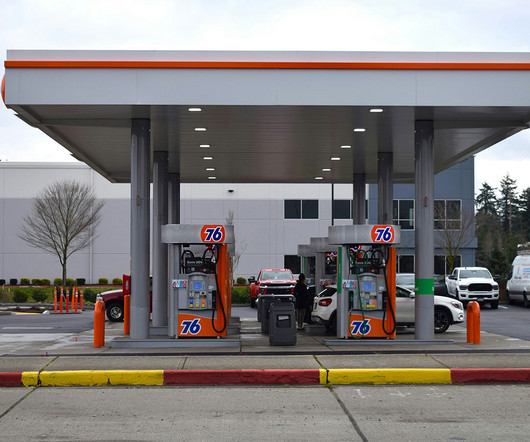
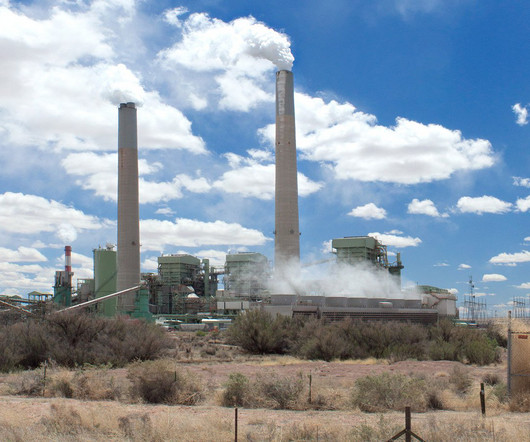

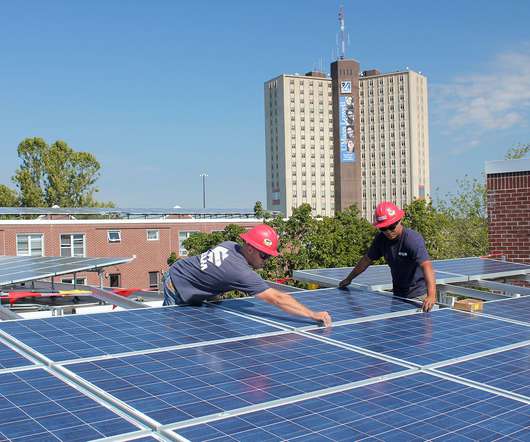




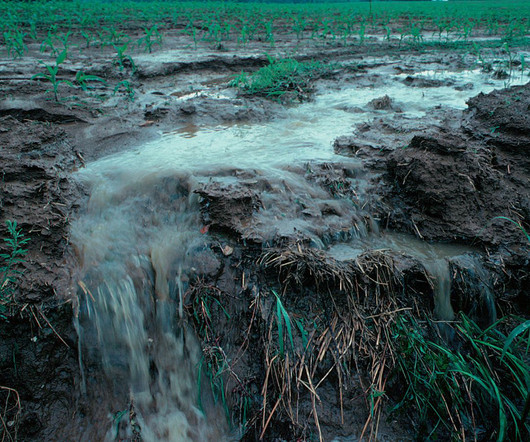
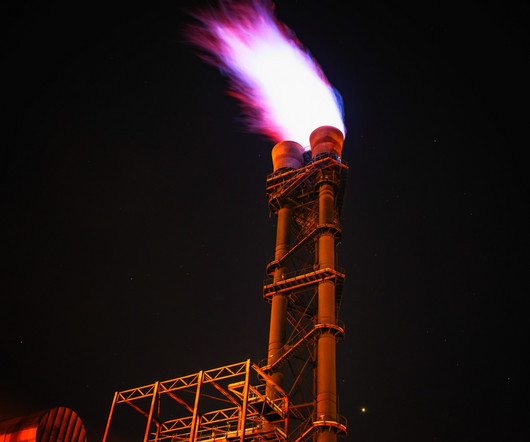







Let's personalize your content